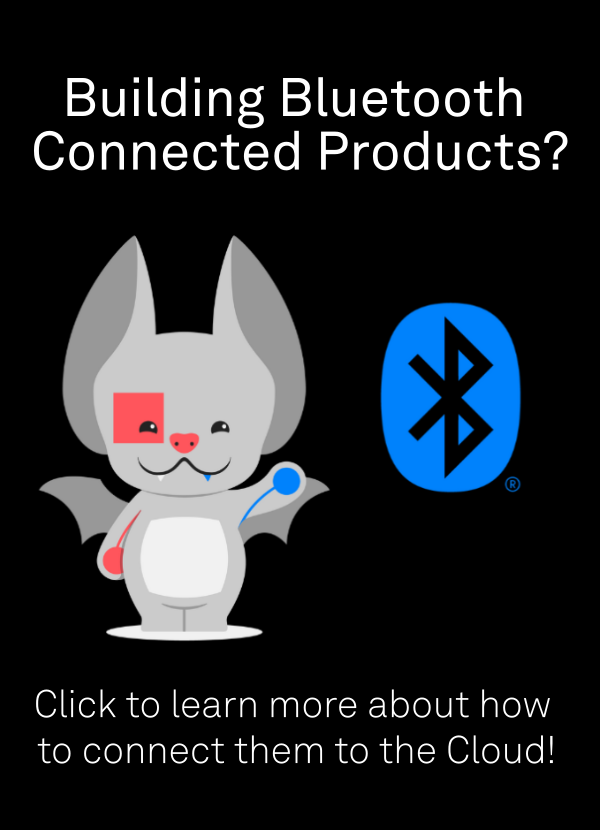We are hosting a webinar alongside Telenor Connexion on July 2nd, 2025. You can sign up for free here.
Where’s my data? And why is my battery dead?
Golioth is a natural choice for any developer using low power cellular connections to send their data back to the cloud. We operate a CoAP backend / gateway and implemented DTLS ConnectionID to ensure low power operation is possible during your awake and monitoring windows.
But once a packet leaves the cocoon of our hardware products and transits through a tower and up to the wider internet, we don’t always have visibility into everything that is going on.
As it turns out, this is a common problem. We talked with Robert Colvin, IoT Technical Expert at Telenor Connexion. He runs a test lab and helps their customers debug deployments. We walk through how he creates test setups and works through customer problems with a range of capabilities.
What is Telenor Connexion
Telenor is a multi-country MNO that operates throughout Scandinavia and Asia. However, Telenor Connexion is an IoT focused MVNO that operates as a subgroup within the Telenor Group. Their focus on IoT means they can lean on the size of the parent MNO, but develop specific capabilities for IoT focused developers, like SIM localization and specializing in low power deployments.
What you’ll learn
Robert sees a wide range of customer issues and has a wide range of advice as a result. No two troublesome deployments are the same. Here are some of the topics we’ll touch on:
- The realities of low power modes (eDRX, PSM) on cellular modems
- Troubleshooting when a tower reports different capabilities than expected
- How to recreate problematic signals and towers in the lab
- How can we apply these lessons for our own building
- The benefits of being able to talk to your SIM (eUICC, SGP.32)


No comments yet! Start the discussion at forum.golioth.io